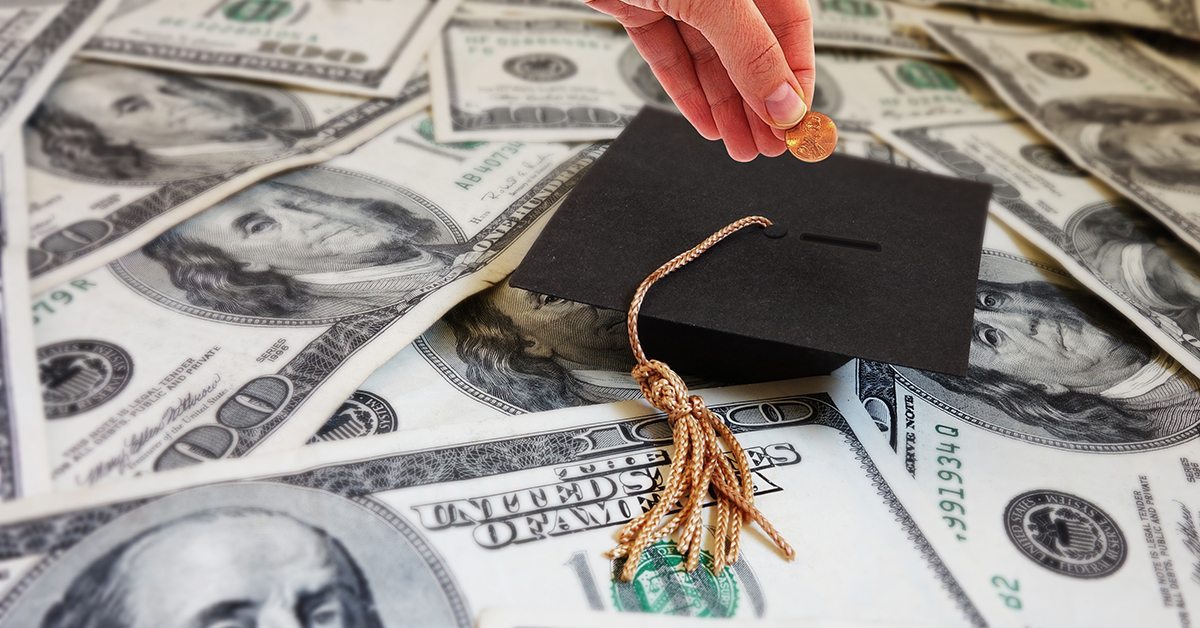Beginning your college career may be extremely frightening, but applying for a student loan can be even worse. There are many different sources of funding to cover college tuition, including grants, scholarships, savings, student income, family income, and student loans. Student loans have notoriously been known to be horrifying, which is not a surprise since the average class of 2016 graduate has $37,172 in debt. However, many students take on this responsibility because they want to receive a great education. Before you decide to take on an extreme amount of student loans, here are a few things to consider to better understand financial aid and the different type of loans.
There are many factors to consider before accepting or declining different types of loans. First, there are many qualifications to be met before a student can be eligible to receive a certain type of loan. In addition, after receiving a loan, understanding what the loan is, what the interest rates are, and when the first payment starts are all extremely important. The following are key points that summarizes the different types of loans available through FAFSA. For full details, click here.
Subsidized vs. Unsubsidized Student Loan
- Subsidized loans are based on students’ need when applying through FAFSA. The biggest benefit of this loan is that the U.S. Department of Education pays for any interest accumulated while enrolled at least halftime in school. In addition, there is a six-month grace period after graduation, which is also paid for in full. However, after the grace period is over, monthly payments of principal and interest are required.
- Unsubsidized loans start accruing interest from the first disbursement of your loan, however, you are not required to pay until you finish school. It is not required to show financial need for unsubsidized loans, which is why a larger amount can be taken out. This loan is also available to undergraduate and graduate students.
PLUS Student Loan
According to the Federal Student Aid, PLUS loans are federal loans that graduate or professional students and parents of dependent undergraduate students can use to help pay for college or career school. This loan was created with parents as the borrowers in mind, and the U.S. Department of Education is the lender.
Perkins Student Loan
This is a loan with low-interest (5%), for undergraduate and graduate students with extreme financial need. Not all schools accept this loan, so it is best to check with the school beforehand. In addition, with this loan, there is a nine-month grace period after graduation to start repayment if the student is enrolled at least half-time. Annually, undergraduate students can be eligible to receive up to $5,500, and $8,000 for graduate or professional students.
Federal vs. Private Student Loan
Federal loans are offered by the federal government, which includes Direct Subsidized and Direct Unsubsidized loans, Direct PLUS loans, and Federal Perkins loans. Most students choose federal loans because of its low interest rates and grace periods. Many private loans require students to make payments while they are still in school. In addition, some interest rates on private loans are more than 18%.

